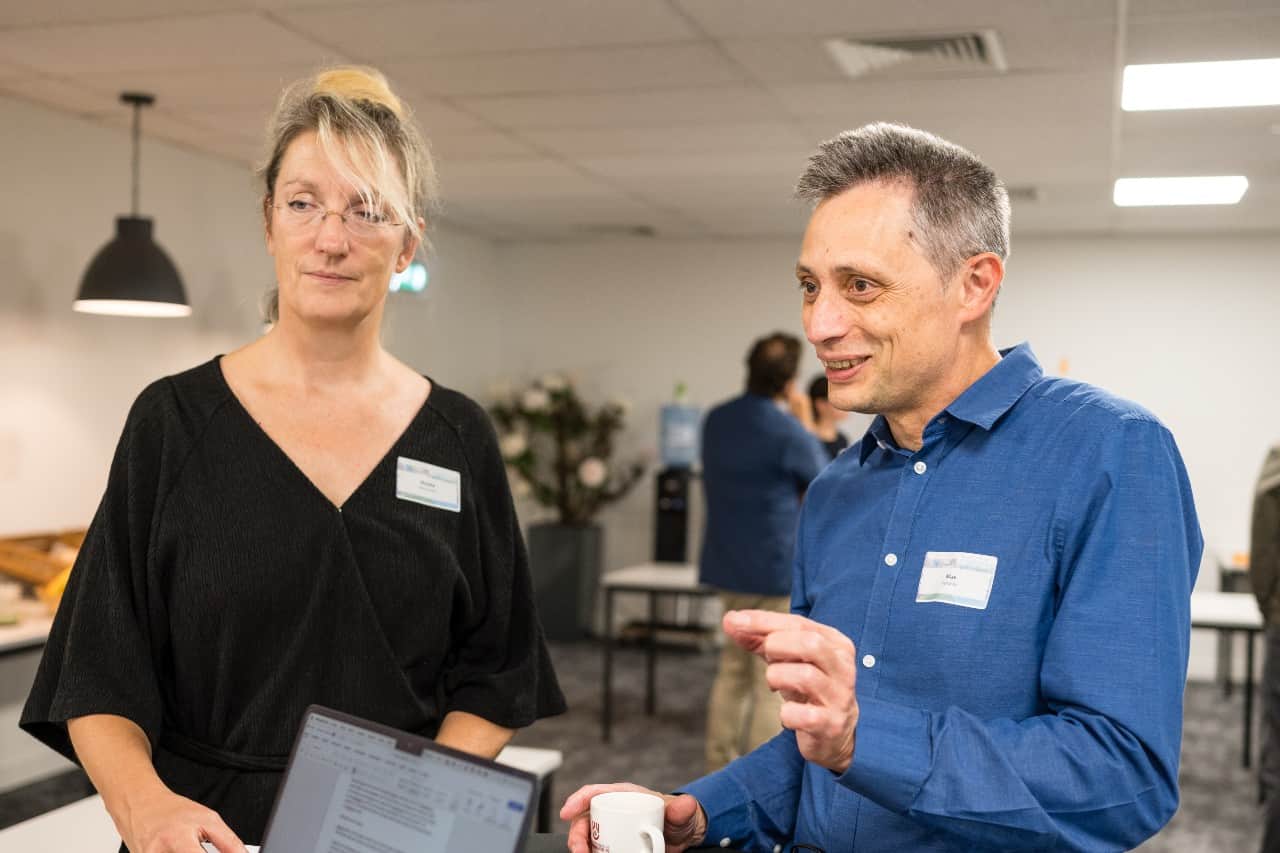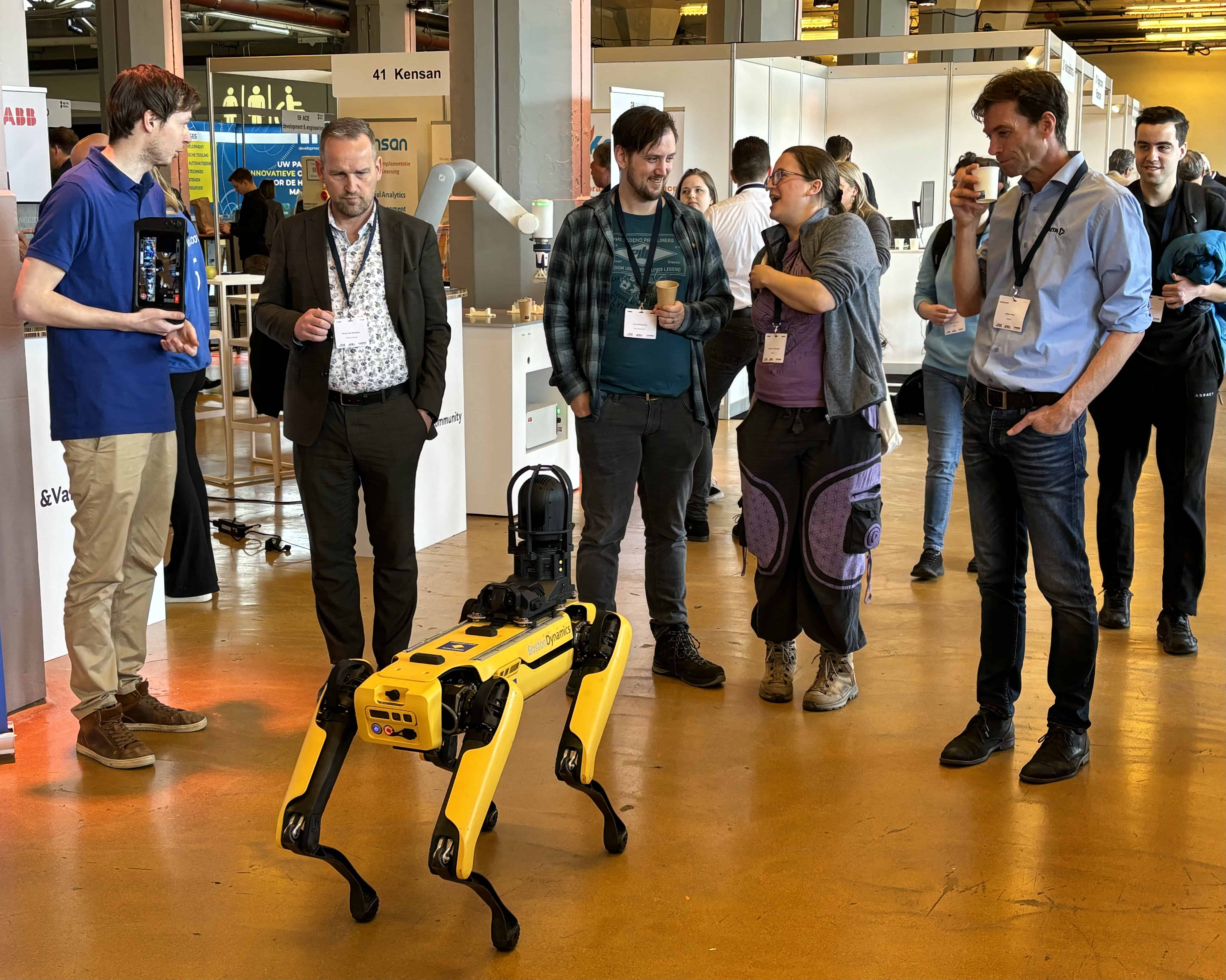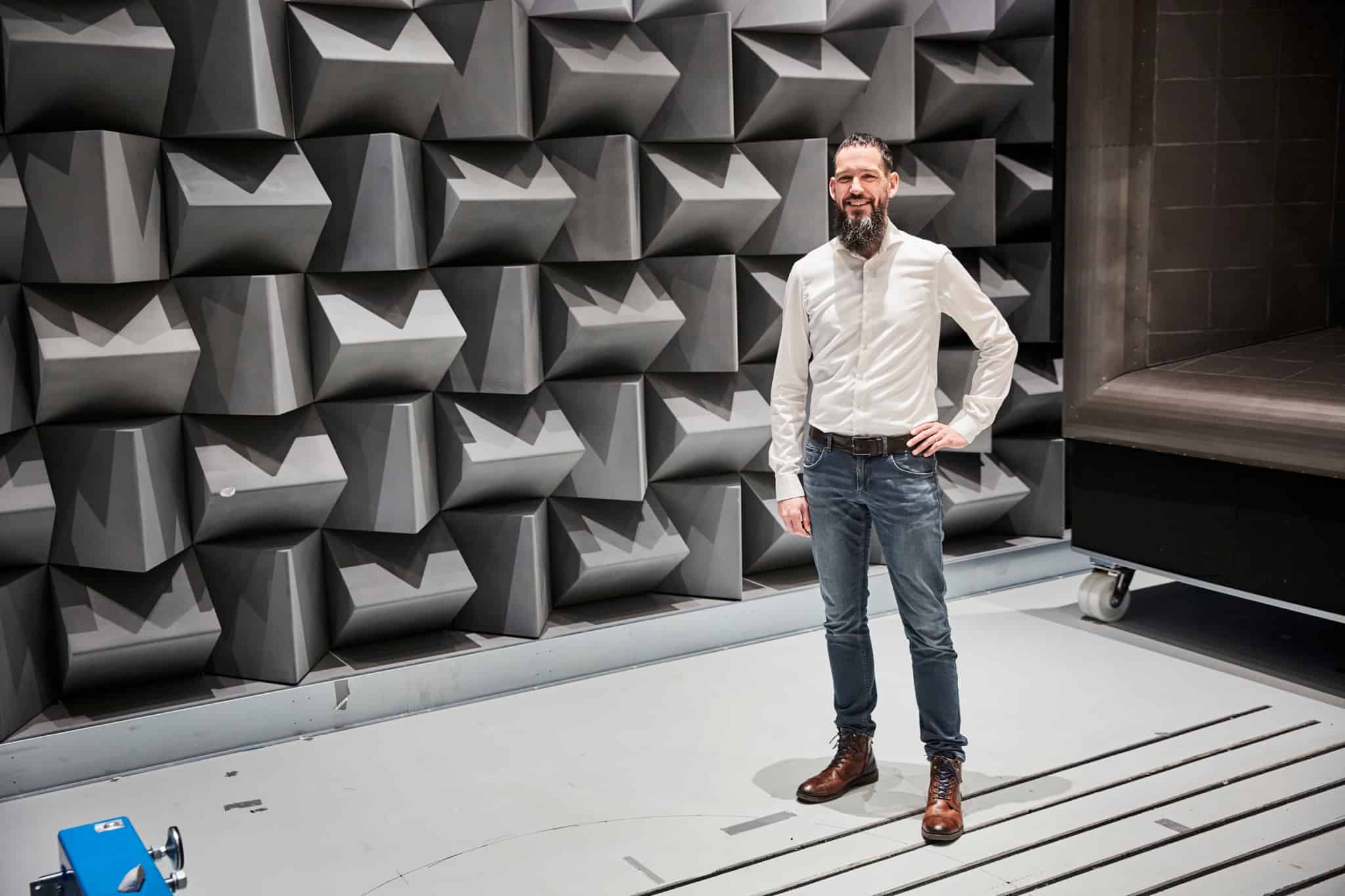
The Massachussets Institute of Technology (MIT) in Boston is the most precious engineering university in the world. Hueting: “What they are working on there now, we will be working on in a few years. I’m going to Boston to see what’s happening there and how we can translate it into topics that fit Fontys.”
Of course, Hueting realizes that Fontys is a different kind of institute, where mostly applied research is carried out. “But that doesn’t mean that it doesn’t matter to follow the latest developments. And to look for ways to bring those developments into your own working environment.”
Intersecction between biology and technology is hot and happening
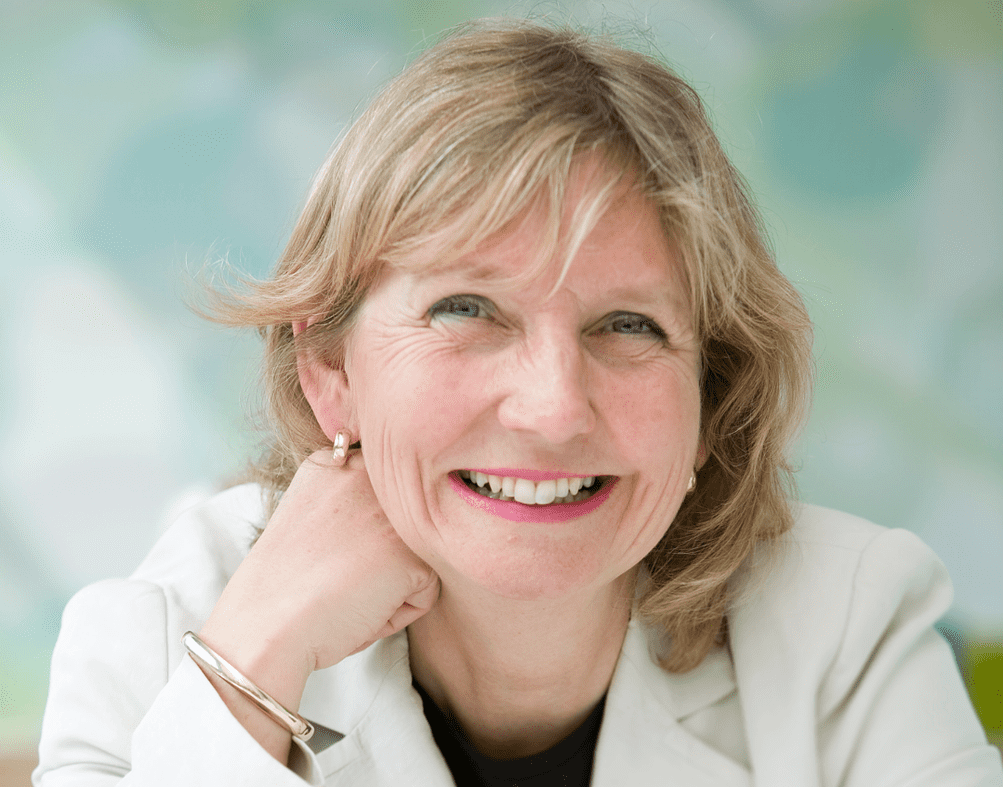
In the form of new courses, for example. At MIT, there has been talk for years about the great importance of the intersection between biology and engineering, Hueting knows. “Last week it became very clear again that those two sectors are going to influence each other to an ever greater extent. Biology is going to provide new impulses for the creation of new materials. Vice versa, developments within molecular and DNA research, are going at lightning speed due to AI and the speed of computers with which data is generated. That intersection is really hot and happening here. Quite an eye opener for me, for as far I know, it is not yet talked about so much in the Netherlands.”
Fontys plans to start an applied biotech program. To see what the lab should look like, Hueting took a Fontys lab employee with her to Boston. Also, they found an employee of MIT willing to help set up such a lab in The Netherlands.
Gaining inspiration and making contacts
This year was the first time that in addition to Janne Reessink, who is responsible for initial contacts with MIT, four Fontys employees and four students came to MIT too. “Quite exciting, but it turned out very well. We are now going back to Eindhoven with even more knowledge. Our students went out last night with students from MIT. I haven’t heard yet how it turned out,” Hueting says with a laugh. “But that is the intention: that employees and students also gain inspiration and make contacts here. Because we can go and tell them all about it, but for them to see and experience it for themselves is of much greater value.”
That intersection is really hot and happening here. Quite an eye opener for me, for as far I know, it is not yet talked about so much in the Netherlands.”
“The intersection between biology and technology is really hot and happening here. Quite an eye opener for me. For as far I know, it is not yet talked about so much in the Netherlands.”
Ella Hueting
Setting up a social lab
Gaining inspiration and advice for setting up a social hub is also an important goal of the trip. A media lab was set up at MIT in 1985 to stimulate developments in new media. Hueting: “Back then they were already talking about filming on a cell phone. They were really ahead of the curve.”
Fontys wants to set up a lab along the same lines, but with a focus on the social issue anno 2023: climate change and energy transition. “That means you’re going to work with people from different disciplines to see how you can come up with new developments that will help solve major social problems. We spoke with Glorianna Davenport, co-founder of the famous MIT media lab. She is thinking with us and gives us advice.”
Art and technology
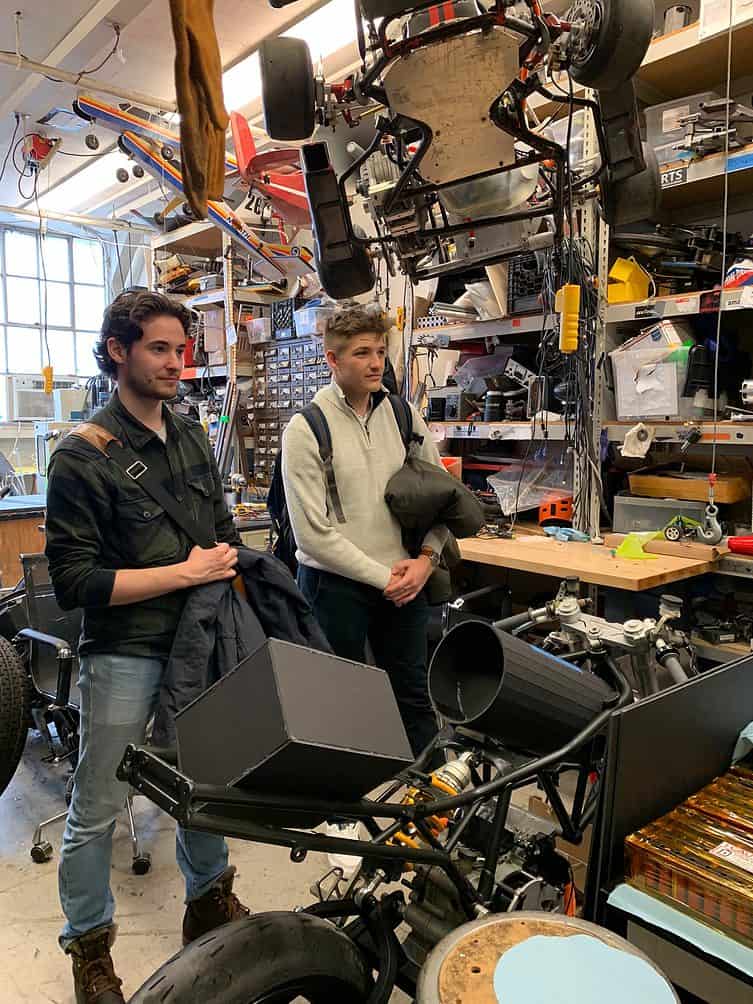
One of the other goals of the MIT trip, is the further development of MakersPlayce. This creative-technical meeting place opened in 2019 and is the result of a partnership between MIT and Fontys.
At MIT, they have been working with Makerspaces for years. The idea is that students run the lab and all kinds of disciplines – technology, engineering, math, art – come together and work on projects for companies.
That art and technology come together is something Hueting is working hard for at Fontys. “The longer I do this, the more I am convinced that this combination is very valuable. Engineers are often trained to work methodologically, while artists often work intuitively. When you let those two worlds come together, beautiful things emerge.”
So four Fontys students involved in MakersPlayce have seen in Boston how things are done there. There was also an appointment with an employee of MIT who does research on safety in the labs. An important area of tension: when developing machines, safety is a major aspect, but you also don’t want innovation to get bogged down by bureaucratic procedures.
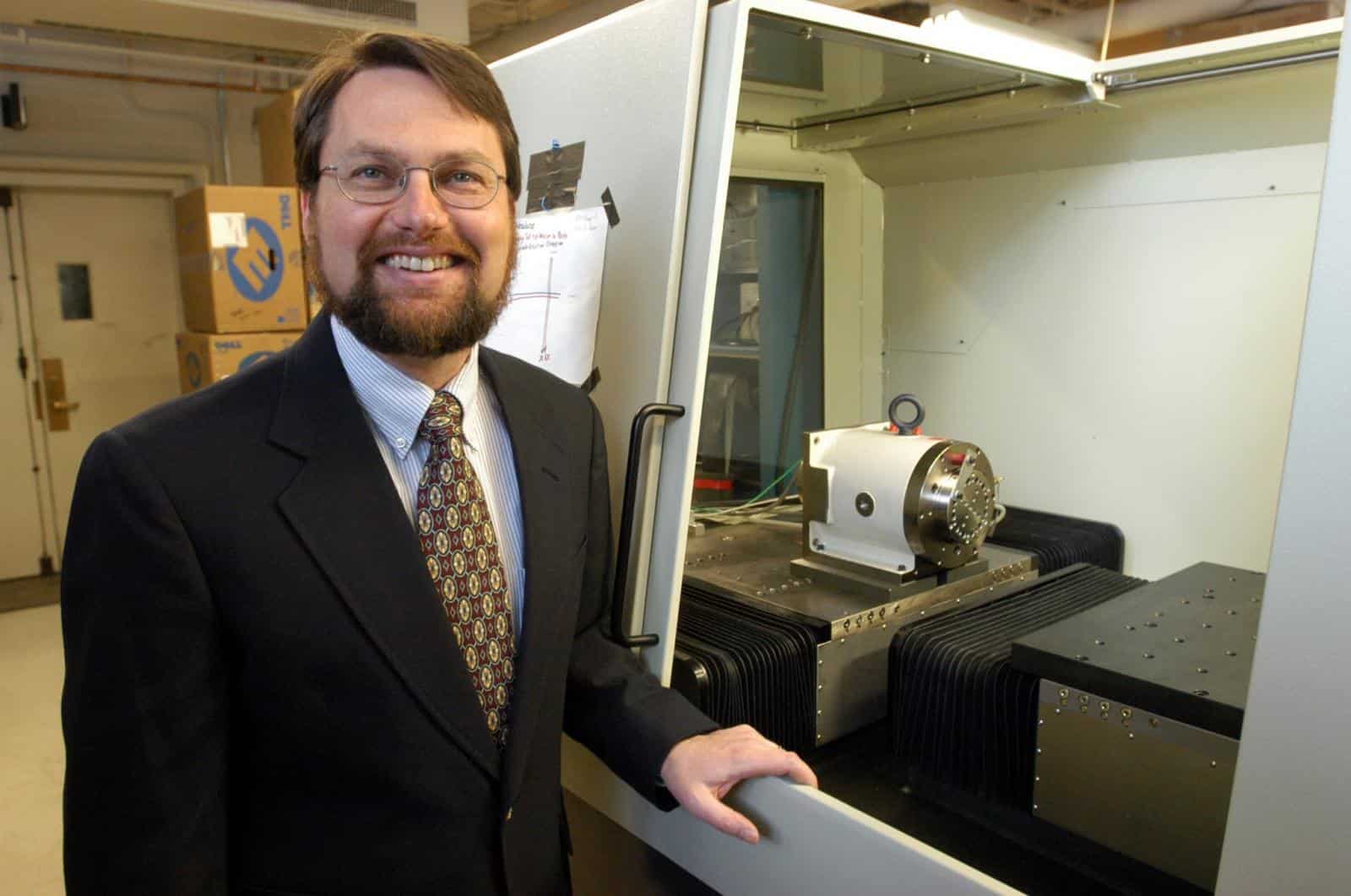
Lifelong Kindergarten
There was also an appointment with Mitchell Resnick, professor within MIT’s Lifelong Kindergarten research group. Researchers study how to stimulate creativity in children using technology. The latest developments in Lego, for example, come from this group.
Resnick wrote a book, with which he wants to inspire people to use technology to help with new developments in the field of digitization, Hueting explains. “Not everyone can keep up with all the developments, that transition is not easy for everyone. Resnick wants to introduce children to technology in a playful way.”
At Fontys, researcher Lorna Minkman is working on a book in which she wants to encourage paediatric students to use technology in their lessons; she too went with her to Boston.
Impressive
The visits to MIT, even for the fifteenth time, remain impressive. But it also made Hueting realize how well off we are in the Netherlands. “MIT has the best students in the world. They are very smart, incredibly ambitious and rich. That’s good too, all those circumstances make the university a pioneer. But the beauty of the Netherlands is that education is for everyone. Fontys is not there for the happy few. We don’t just educate Nobel laureates, and that is precisely what is also very valuable.”




